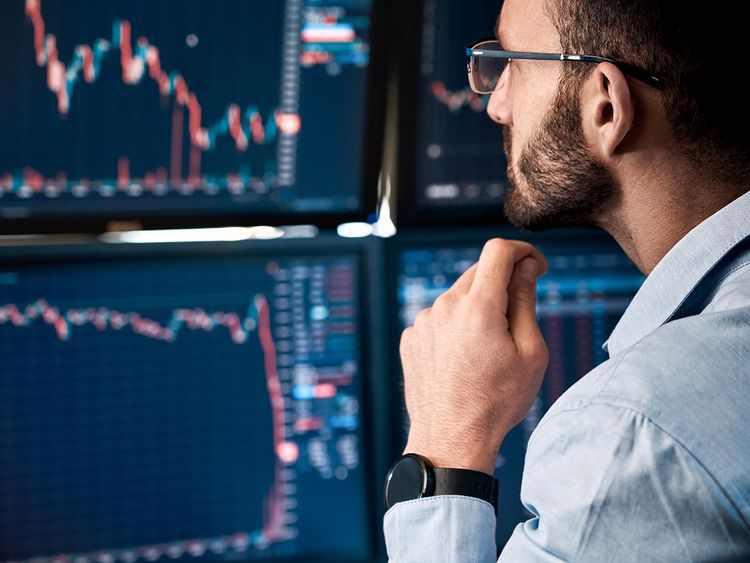Options are financial contracts that provide a trader ‘Right to Buy’ or ‘Right to Sell’ a particular asset at a defined price. These are derivatives, and their price is directly proportional to the value of the associated script or underlying. Options contracts have expiry dates, and traders must consider them before entering a trade. Several other factors affect the price of options.
Traders can use options for both directional and non-directional trading. Directional trading refers to the bearish or bullish strategy employed by a trader. Non-directional trading is a strategy for price movements remaining in a defined zone. If the trader speculates the price to be directional, employ directional trading. Non-directional trading traders may employ when the market follows a side-ways trend.
There are two types of option forms, call options and put options. Calls are positively correlated actions, while puts are negatively correlated. Traders have the flexibility of buy and sell calls and puts. Traders can trade with options in the defined lot size specified by a market.
A trader buys and sells calls and puts if bullish, bearish, bearish, and bullish about the market, respectively. There are specific terminologies a trader must be familiar with before proceeding to trade with options. These are some of the terms commonly used by options traders:-
Table of Contents
Strike Price:
It defines the price exchanged during an options trade. A call option trader receives at the strike price even though the market price fluctuates. When the trader sells the call, then pays the strike price despite the fluctuations happening in the market. The same happens for the put options in a converse structure. Selecting the strike price is one of the most crucial decisions traders must take to proceed with trading. Acting sensibly and going for a reasonable strike price may provide a trader with fruitful results.
Premium:
It is the amount an option seller receives from an option buyer, and the same denotes the current market price of an option contract.
Expiration Date:
Particular date on which the option contract completes is the expiration date. Expiry is counted as weekly and monthly.
Expiration Cycle:
The definite pattern by which exchanges list the unique options. There are three types of expiration dates in the options:
- Front-month: It matures after one month of the contract.
- Next month: Its expiry date lies two months after the contract.
- Far month: It expires three months after the option contract.
Intrinsic Value:
It is the value that can be realized by exercising the options and liquidating the resulting script. These can not be negative numbers. These are the differences between an option’s current price and the strike price. These provide traders additional benefits to trade, and they generally prefer them. Trading with options with intrinsic value provides traders with advancement over the market price. The market price of options varies with the intrinsic values offered by them.
Extrinsic Value:
It is the time value offered by an option along the intrinsic value. The premium option sellers receive is the sum of intrinsic and extrinsic value. These rise with the rise in the volatility of the market. The option’s extrinsic value is codependent on the expiry date of the option contract. It signifies that the larger the date to expiration, the higher the option’s extrinsic value.
In the Money Options:
These contain an intrinsic value, and for calls, in-the-money options are below the current market price. When it comes to putting options, in-the-money opinions are above the market price.
At the Money Options:
These have proximity to the current market price. There are chances these will contain an intrinsic value, but it is not inevitable. Calls and puts have the exact mechanism for the price in at-the-money options.
On-the-Money Options:
These do not contain intrinsic value and are almost near to the current market price, and these have the best time value among the three option prices.
Conclusion
Traders can trade with stocks, indices, metals, energies, crypto, forex, etc., using options trading. Options are the derivatives of the different underlying associated with them. A trader can have the best options trading experience by indulging in DMA trading. Traders must find a licensed platform for DMA trading in UAE.

